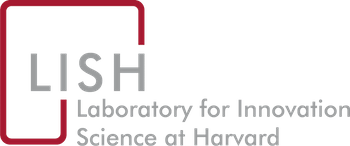Kyle R. Myers, Wei Yang Tham, Yian Yin, Nina Cohodes, Jerry G. Thursby, Marie C. Thursby, Peter E. Schiffer, Joseph T. Walsh, Karim R. Lakhani, and Dashun Wang. 6/8/2020. “
Quantifying the Immediate Effects of the COVID-19 Pandemic on Scientists.” SSRN.
Publisher's VersionAbstractThe COVID-19 pandemic has undoubtedly disrupted the scientific enterprise, but we lack empirical evidence on the nature and magnitude of these disruptions. Here we report the results of a survey of approximately 4,500 Principal Investigators (PIs) at U.S.- and Europe-based research institutions. Distributed in mid-April 2020, the survey solicited information about how scientists' work changed from the onset of the pandemic, how their research output might be affected in the near future, and a wide range of individuals' characteristics. Scientists report a sharp decline in time spent on research on average, but there is substantial heterogeneity with a significant share reporting no change or even increases. Some of this heterogeneity is due to field-specific differences, with laboratory-based fields being the most negatively affected, and some is due to gender, with female scientists reporting larger declines. However, among the individuals' characteristics examined, the largest disruptions are connected to a usually unobserved dimension: childcare. Reporting a young dependent is associated with declines similar in magnitude to those reported by the laboratory-based fields and can account for a significant fraction of gender differences. Amidst scarce evidence about the role of parenting in scientists' work, these results highlight the fundamental and heterogeneous ways this pandemic is affecting the scientific workforce, and may have broad relevance for shaping responses to the pandemic's effect on science and beyond.
